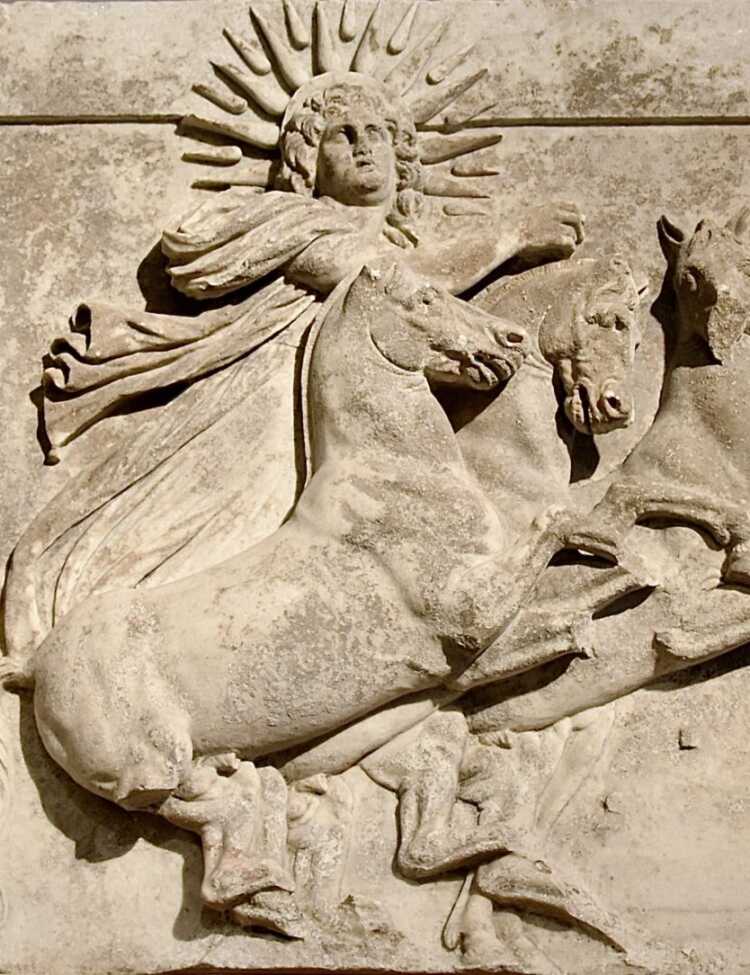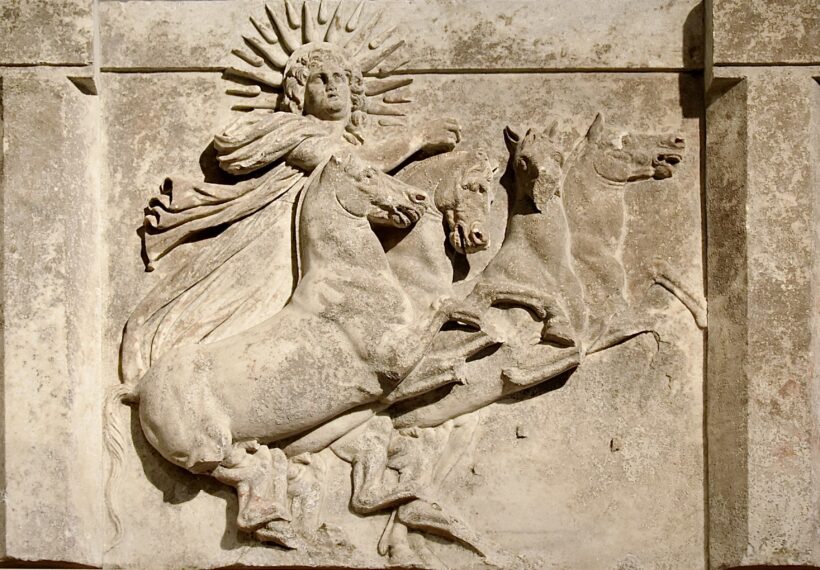About This Episode
Is the sun bigger than we think it is? Neil deGrasse Tyson and comedian Chuck Nice break down things you thought you knew about the diameter of the sun, how we got leap year, and the days of the week.
Where is the edge of Earth’s atmosphere? Learn how the diameter of both the Earth and the Sun differ based on where you decide to measure. Do you count the corona? What the heck is an oblate spheroid? Neil highlights how we are eyeball-biased and how big the sun is in different parts of the electromagnetic spectrum. Plus, Neil instructs Chuck in the ways of fast reflexes…
What’s going on with leap year? Learn about the rotation and orbit of the Earth and how our orbit isn’t exactly 365 days. What is the difference between the Gregorian and Julian Calendar? We take a trip back to 1582 to find out why The Pope took out 10 days of October. Plus, find out why 2000 was such a special leap year.
How did we get the days of the week? We break down the planets of the ancients and how they correspond to our days of the week. How many planets were there to the ancient Greeks and Romans? Learn about the meaning of the word “planet,” the names of the days, and how we got seven days in a week. Plus, learn how Copernicus later discovered a planet that was right under our noses.
Thanks to our Patrons Gloria Swanson, Daniel Edwards, Christina Schafer, Aleksander Olsen, Bryan Beidleman, wettdoggy, Martin, Travis Campbell, Sandee Brooke, Ian Doherty, Joey Santos, Trevor Hunter, Dr. Edwin R. Florance, and Chris Orpurt for supporting us this week.
NOTE: StarTalk+ Patrons can listen to this entire episode commercial-free.




 Unlock with Patreon
Unlock with Patreon

 Become a Patron
Become a Patron